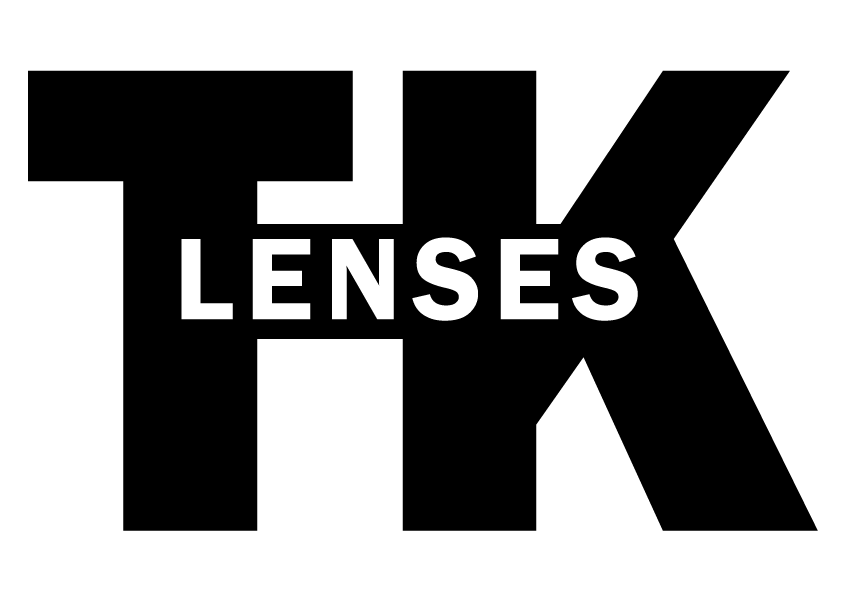Frequently, we are asked to distinguish between a full rehousing and a sleeve procedure for vintage still lenses. As a standard practice, we undertake a full rehousing process. However, for the benefit of those who wish to gain a deeper understanding, we will provide a comprehensive explanation of the procedure.
Vintage still lenses typically consist of two main components: the front group and the rear group. Additionally, there is an iris module, among other components, which are used to control the aperture. In the rehousing process, the front and rear groups are separated, and a new optical housing is designed and manufactured to accommodate these groups, along with a new iris module. It is worth noting that the measuring processes are not discussed in this explanation.
It is important to note that only the front and rear groups are retained, along with the nameplate, if desired, in the rehousing process. All other components of the original housing are discarded. A new focus mechanism, aperture control, mount, and external housing are designed and machined to house the optical components from the donor lens.
In theory, it is possible to send only the optical groups without the original housing, but it requires a specialized skill set. The ease of removal of the lens components varies, with some lenses requiring extensive disassembly, while others, such as many Minolta Rokkor lenses, can be easily removed by simply separating the front and rear groups.
It is worth noting that some vintage cine lenses, such as the Lomo, Cooke, and certain Zeiss lenses, were constructed as optical blocks, similar to the recreated housing for each donor lens in the rehousing process.

